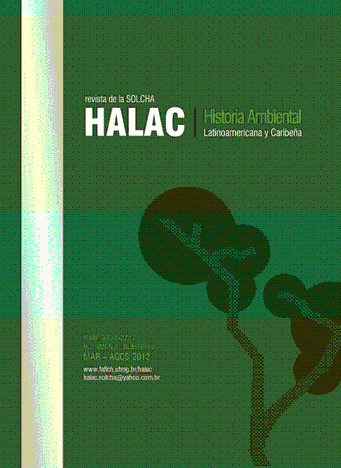Environmental Perspectives on the Cartography Analysis of Hispanic-Indian’s Areas. Northeast of the Basin of Mexico
Keywords:
Mexico, indigenous peoples, landscape, perceptions of natureAbstract
The spatial distribution and the relationship between society and landscape are two subjects which concern Environmental History. From the perspective of this discipline, the aim of this paper is to propose a synthetic model, useful in several scales, regarding the spatial changes and continuities that were verified during the transition between Pre-Hispanic to colonial period. Through the European colonial expansion process of sixteenth century, the practice of cartography and the map itself, originally forms of technical knowledge, will modify their character to turn into a form of the codified discourse serving the political and religious power, objet of manipulation and control, censorship and secrecy. In this work, we present some examples of maps, graphics and pictograms where, besides the multiple evidences of this process, it’s also verified the presence of hybrid cultural elements, which characterize the early colonial period.
Downloads
Published
How to Cite
Issue
Section
License
This journal offers immediate free access to its content, following the principle that providing free scientific knowledge to the public provides greater global democratization of knowledge.
As of the publication in the magazine the authors have copyright and publication rights of their articles without restrictions.
The HALAC Magazine follows the legal precepts of the Creative Commons - Attribution-Non-Commercial 4.0 International license. 




